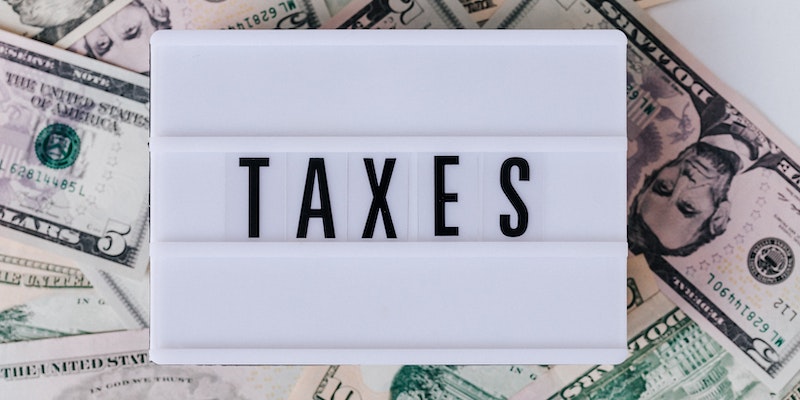Although different websites may offer their opinions on the "correct" number of stocks to include in a portfolio, the reality is that there is no single conclusive answer to this question.
The appropriate number of stocks you should have in your portfolio is determined by various factors, including where you live and invest, how long you plan to invest, the current market condition, and your inclination to stay informed about your investments through market updates.
Why a Diversified Portfolio is Important
Diversification involves spreading your money across various investment vehicles and investment types. Investors diversify their investments to reduce their risk exposure. Simply put, diversification helps investors limit their vulnerability to a type of risk known as unsystematic risk, which is linked to certain companies or industries.
Investors cannot avoid systematic risks, such as the risk of a widespread economic downturn affecting the entire stock market. However, research on current portfolio theory has revealed that a well-diversified stock portfolio may effectively reduce unsystematic risk to near-zero levels. This can be accomplished while maintaining the expected returns similar to those of a higher-risk portfolio.
In simpler terms, taking on unsystematic risk does not always result in higher returns. While they may agree to take on more systematic risk to make more money (this is known as the risk-return tradeoff), they rarely see an increase in expected returns for dealing with unsystematic risk.
The more stocks you have in your portfolio, especially from different industries, the less unsystematic risk you are exposed to. Having at least 10 stocks spread throughout different sectors of the economy is less risky than having just two stocks in your portfolio.
How to Diversify Your Portfolio
Consider the following factors when building your portfolio:
Consider Transaction Fees
It is important to remember that having more stocks can result in higher transaction fees. Therefore, it is usually best to hold the minimum number of stocks necessary to reduce unsystematic risk effectively. While there is no definitive answer to the number of stocks you should have in your portfolio, there is a reasonable range.
A well-diversified stock portfolio can lower unsystematic risk to almost zero while maintaining a similar expected return as a riskier portfolio.
According to a recent study, investors who take advantage of the reduced transaction fees offered by online brokers can optimize their portfolios by holding as many stocks as they like. However, there is a misconception about the time cost required, and many investors realize that index-based investments such as exchange-traded funds (ETFs) perform well, if not better, than traditional investments.
If it is hard to research, select, and track multiple individual stocks, try index funds or ETFs. These alternatives provide quick and easy diversification across several sectors and market cap categories. They allow you to buy a set of stocks in a single transaction.
Consider Time Horizon
Your time horizon affects your propensity to take risks. Long-term goals can tolerate more risk since they are less concerned with immediate liquidity. When planning for retirement, for example, you can afford short-term ups and downs, allowing you to put money in riskier sectors such as real estate or commodities. Short-term goals, such as an emergency fund, require less risk, directing you toward safer options such as money market funds or bonds.
Maintain Your Portfolio Regularly
Rebalancing your portfolio annually or semi-annually ensures that your investments align with your financial objectives. As particular assets perform better or worse, adjusting your holdings helps you stay on track. Track your investments and overall market trends to decide the best times to trade.
How Many Stocks and Bonds Should You Own in a Diversified Portfolio
The decision depends on your selected asset allocation strategy. Taking an ultra-aggressive approach involves investing your entire portfolio in stocks. If you choose moderate aggressiveness, you will allocate 70% of your portfolio to stocks and 30% to bonds and cash. If you want to achieve average growth, you can invest 60% in stocks and 40% in cash and bonds. If you choose to preserve capital over seeking large returns, limit your stock allocation to no more than 50%.
As you get older, you can adjust your stock percentage and increase your exposure to high-quality bonds. This change protects you from potential market downturns. A 30-year-old, for example, may have 70% in stocks and 30% in bonds, but a 60-year-old may have 40% in stocks and 60% in bonds.
How Many Stocks Should I Own with $1K, $10K, and $1000K
While you may believe that the size of your investment should define the number of stocks you own, other factors determine the number of stocks you own.
Regardless of your investment amount, maintaining a diversified portfolio is critical. However, if you start with $1,000, managing 20 to 30 stocks may be too challenging and time-consuming. With $10,000 or $100,000, you may diversify through mutual funds or ETFs. Regardless of your investment size, the number of stocks you should have in your portfolio aligns with the research effort you're willing to put in.






